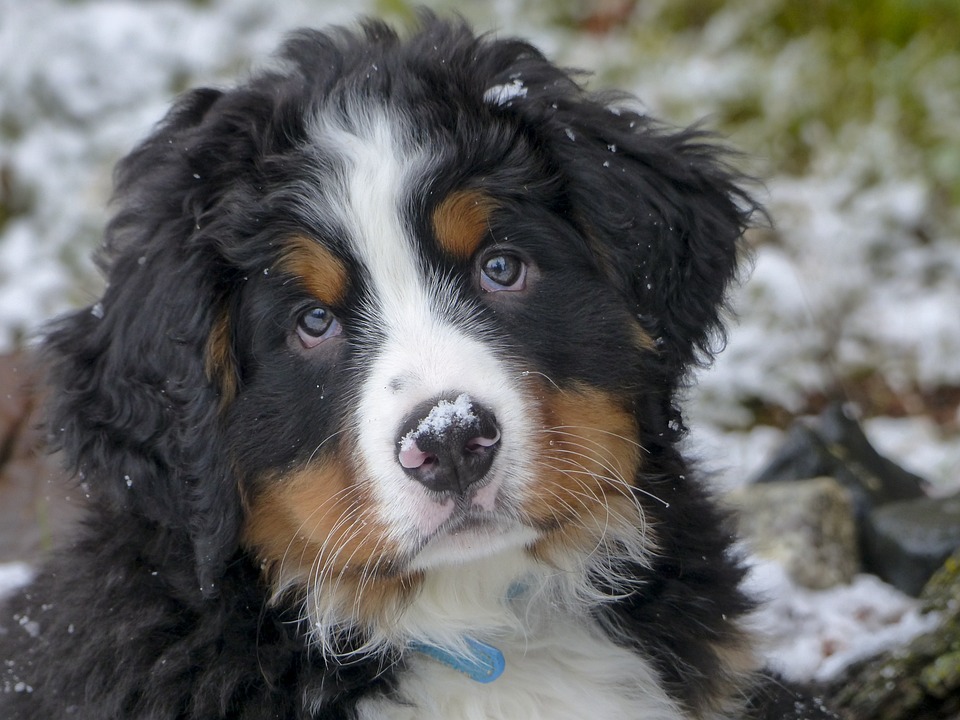Introduction:
Long-tailed dog breeds require specific grooming and care to keep their tails healthy and looking their best. In this article, we will explore the essential steps and techniques for properly grooming and caring for dogs with long tails. From regular brushing and bathing to addressing specific tail-related issues, we will provide valuable tips and insights for all pet owners. Let’s dive in!
I. Understanding the Importance of Regular Brushing
Regular brushing is crucial for long-tailed dogs for several reasons. Firstly, it helps to remove loose hair and prevent matting, which can be painful for the dog. Secondly, brushing stimulates the production of natural oils, which keep the tail and skin healthy. Lastly, it allows you to inspect the tail for any signs of injury or infection. When brushing, it’s important to choose the right brush for your long-tailed dog breed. Long-haired breeds may require a slicker brush or a pin brush, while short-haired breeds may benefit from a bristle brush. Follow a step-by-step guide for effective brushing sessions, making sure to be gentle and patient.
II. Bathing Your Long-Tailed Dog: Do’s and Don’ts
The frequency of bathing a long-tailed dog depends on various factors such as breed, activity level, and coat type. Generally, it is recommended to bathe them every 4-6 weeks. When selecting a dog shampoo, opt for one specifically formulated for long-tailed breeds. Avoid using human shampoo as it can be too harsh for their skin. To make bath time stress-free, prepare the bathing area in advance, use lukewarm water, and reward your dog with treats and praise. After bathing, ensure proper drying of the tail, paying extra attention to the underside and between the tail feathers.
III. Tail Trimming and Maintenance
Tail trimming is an important aspect of grooming for long-tailed breeds. It helps to keep the tail neat, prevents tangling and matting, and reduces the risk of injury or infection. Invest in high-quality grooming tools such as scissors or clippers specifically designed for dog grooming. Take care when trimming the tail, ensuring you do not cut too close to the skin or cause any discomfort to your dog. If the tail fur becomes overgrown or tangled, gently work through the knots using a detangling spray and a wide-toothed comb. If you are unsure or uncomfortable with trimming your dog’s tail, it is best to seek professional help.
IV. Preventative Care for Tail-Related Issues
Long-tailed dog breeds are prone to certain tail-related issues that can be prevented with proper care. Matting and tangling of tail fur can be minimized by regular brushing and detangling. It’s important to keep an eye out for any signs of injury or infection, such as redness, swelling, or discharge. If you notice any issues, consult your veterinarian for appropriate treatment. To promote a healthy tail, ensure your dog receives a balanced diet rich in essential nutrients and engage in regular exercise to maintain overall health and prevent obesity.
V. Frequently Asked Questions (FAQs)
1. How often should I brush my long-tailed dog? It is recommended to brush your long-tailed dog at least once a week, or more frequently for breeds with dense or long hair.
2. Can I use human shampoo to bathe my long-tailed dog? No, human shampoo can be too harsh for a dog’s skin and may cause irritation. Always use a dog shampoo specifically formulated for long-tailed breeds.
3. Is it necessary to trim the fur on my dog’s tail? Trimming the fur on your dog’s tail is necessary to prevent matting, tangling, and maintain overall tail health. However, it should be done carefully to avoid any harm to your dog.
4. What should I do if my long-tailed dog’s tail becomes matted? If your dog’s tail becomes matted, use a detangling spray and a wide-toothed comb to gently work through the knots. If the matting is severe or causing discomfort, seek professional help.
5. How can I prevent my dog’s tail from getting injured? To prevent tail injuries, ensure your dog’s environment is safe and free from hazards. Avoid pulling or tugging on the tail, and keep an eye out for any signs of injury or infection.
Conclusion:
Proper grooming and care for long-tailed dog breeds are essential to maintain the health and appearance of their tails. By following the guidelines outlined in this article, you can ensure that your furry companion’s tail remains in excellent condition. Regular brushing, appropriate bathing, and tail trimming are key to preventing matting, tangling, and other tail-related issues. Remember to address any concerns promptly and seek professional help when needed. Your long-tailed dog will thank you for the extra care and attention!









